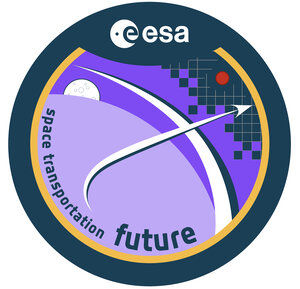3D printed radiation detectors
An activity with TDE and Seibersdorf Laboratories GmbH in Austria has developed two components for radiation measuring dosimeters using 3D printing.
Currently, on the International Space Station (ISS) a suite of instruments are used to monitor the radiation environment including the Tissue Equivalent Proportional Counter (TEPC), the Charged Particle Directional Spectrometer (CPDS), the Radiation Area Monitor (RAM), and the Crew Passive Dosimeter (CPD).
A Tissue Equivalent Proportional Counter (TEPC) is designed to measure the dose that a small volume of tissue would receive from a wide variety of radiation sources. The tissue equivalent part is constructed using an expensive, custom-made process and with rare materials, which often have an undesirable level of outgassing. Overall, construction of these components was seen as expensive and mechanically complex.
But the activity proposed that a more affordable and simpler version could be built using additive manufacturing, better known as 3D printing.
To develop the technology, the activity proposed and characterised a variety of conducting and insulating materials that could be used to construct the detector. A re-design of the instrument’s geometry was also proposed to take advantage of the additive manufacturing process.
The successfully re-designed detector has an integrated socket, embedded electrical connections for the conductive components and joined segments of insulating and conductive materials.
The test samples and the detector chamber produced with this new process underwent electrical tests but still need to undergo radiation testing.
Next, the activity plans to investigate using additive manufacturing alongside tissue-equivalent conductive materials.
AO/1-8876/17/NL/CRS closed in 2020.















 Germany
Germany
 Austria
Austria
 Belgium
Belgium
 Denmark
Denmark
 Spain
Spain
 Estonia
Estonia
 Finland
Finland
 France
France
 Greece
Greece
 Hungary
Hungary
 Ireland
Ireland
 Italy
Italy
 Luxembourg
Luxembourg
 Norway
Norway
 The Netherlands
The Netherlands
 Poland
Poland
 Portugal
Portugal
 Czechia
Czechia
 Romania
Romania
 United Kingdom
United Kingdom
 Slovenia
Slovenia
 Sweden
Sweden
 Switzerland
Switzerland


























